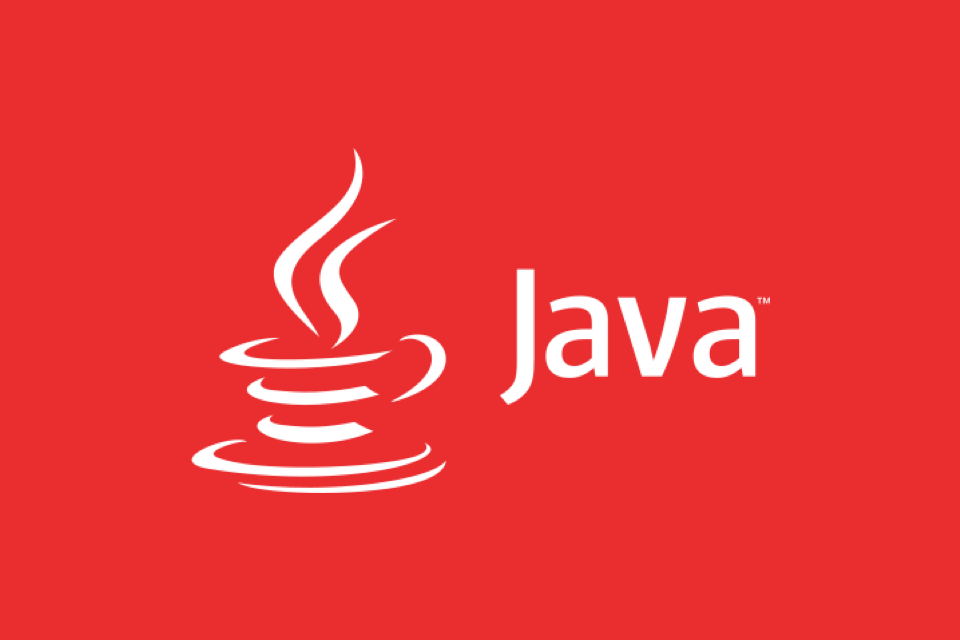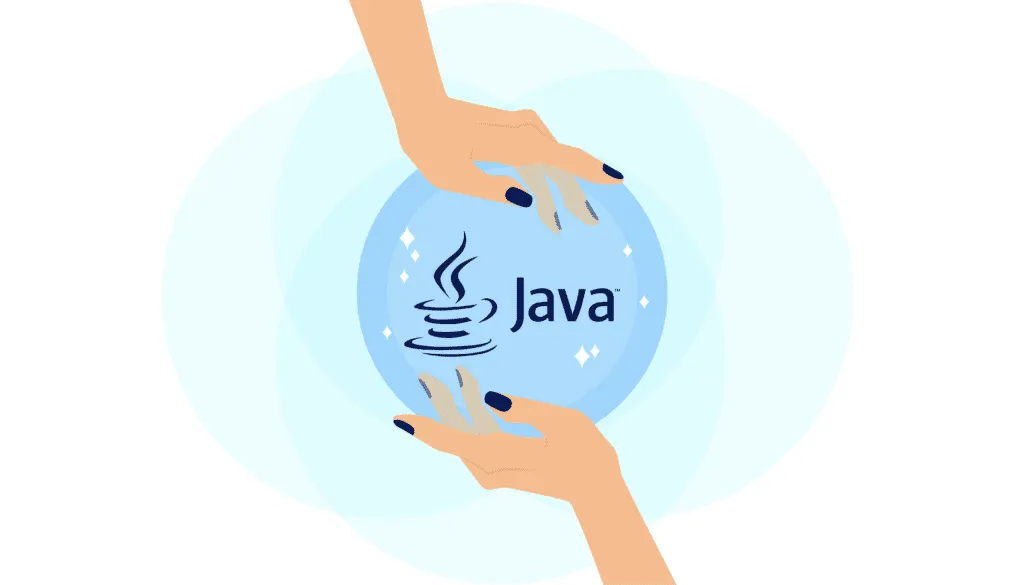Java's class loading mechanism is implemented through ClassLoader, and its core workflow is divided into three stages: loading, linking and initialization. During the loading phase, ClassLoader dynamically reads the bytecode of the class and creates Class objects; links include verifying the correctness of the class, allocating memory to static variables, and parsing symbol references; initialization performs static code blocks and static variable assignments. Class loading adopts the parent delegation model, and prioritizes the parent class loader to find classes, and try Bootstrap, Extension, and Application ClassLoader in turn to ensure that the core class library is safe and avoids duplicate loading. Developers can customize ClassLoader, such as URLClassLoader for remote loading, WebApp ClassLoader implements application isolation, and OSGi supports modular dynamic loading. In addition, class unloading depends on the recycling of ClassLoader. If ClassLoader is referenced, it cannot release memory, which can easily lead to leakage. The life cycle needs to be managed reasonably to optimize resources. Mastering the ClassLoader principle helps troubleshoot problems, optimize structure and design plug-in systems.

Java's class loading mechanism is an important part of the JVM runtime, and ClassLoader is the core of this mechanism. Understanding how ClassLoaders works will help troubleshoot class loading problems, optimize program structure, and even help you better design a modular system.

Basic process of class loading
When a Java program runs, not all classes are loaded from the beginning. Instead, when the class is used for the first time, it is loaded into memory by the ClassLoader. This process is roughly divided into three stages:

- Loading : Find the binary bytecode file of the class (usually a .class file), read and create a Class object.
- Linking : includes three steps: verification, preparation and parsing. Verify to ensure the correctness of the class; prepare to allocate memory for static variables and set default values; parsing is to replace symbolic references with direct references.
- Initialization : Execute the class constructor
<clinit></clinit>method, which is the static code block and static variable assignment operations we write.
Among these three steps, loading is done by ClassLoader, and the remaining two stages are controlled by the JVM.
Parent Delegation Model
ClassLoaders in Java adopts a mechanism called "parent delegation" to avoid duplicate loading of classes. Each ClassLoader has a parent class loader. When loading the class, it will first delegate to the parent class to load. Only when the parent class cannot be loaded will it try to load it by itself.

The standard ClassLoader hierarchy is as follows:
- Bootstrap ClassLoader : is responsible for loading the core classes (such as
java.lang.Object) that come with the JVM, usually located in rt.jar. - Extension ClassLoader : Loads Java extension library, generally located in
jre/lib/extdirectory. - Application ClassLoader (also called System ClassLoader): Loading the class under the application classpath, is the ClassLoader we deal with most often.
For example, when you call Class.forName("com.example.MyClass") , the default is that the Application ClassLoader initiates the loading request. It will first ask Extension, then ask Bootstrap. If none of them are found, then go to classpath to find it yourself.
The advantage of this mechanism is that it ensures the consistency and security of the class and prevents user-defined classes from overwriting the core class library.
Common ClassLoader implementation and usage
In addition to the standard ClassLoader mentioned above, Java also allows developers to customize ClassLoader to meet specific needs, such as loading classes from the network, hot deployment, plug-in systems, etc.
Several common ClassLoaders:
- URLClassLoader : It can load classes based on URLs (such as local files or remote HTTP addresses), suitable for dynamic loading of external JAR packages.
- Custom ClassLoader : Inheriting
ClassLoaderand rewritingfindClass()orloadClass()methods can implement your own class loading logic. - WebApp ClassLoader (commonly in Tomcat): Each web application has its own independent ClassLoader, which is used to isolate the class versions of different applications.
- OSGi ClassLoader : used in modular systems, supporting dynamic loading and unloading of classes.
If you are developing a plug-in system, you may need to customize a ClassLoader to load the plug-in's JAR file from the specified directory. For example:
public class PluginClassLoader extends ClassLoader {
private final File jarFile;
public PluginClassLoader(File jarFile, ClassLoader parent) {
super(parent);
this.jarFile = jarFile;
}
@Override
protected Class<?> findClass(String name) throws ClassNotFoundException {
try {
byte[] classBytes = readClassFromFile(name);
return defineClass(name, classBytes, 0, classBytes.length);
} catch (IOException e) {
throw new ClassNotFoundException("Class " name " not found", e);
}
}
private byte[] readClassFromFile(String name) throws IOException {
// Actually read the bytecode of the class from the JAR...
}
}This way you can load the classes in the plug-in through this class loader.
Class Uninstallation and Memory Management
What many people don't know is that classes can be uninstalled, but this only happens when the corresponding ClassLoader is garbage collected. In other words, as long as your ClassLoader is still referenced, all classes it loads will not be recycled, which can easily cause memory leakage.
Therefore, when using a custom ClassLoader, you should pay attention to timely release resources, especially in frequent loading/unloading scenarios, such as hot updates or dynamic module loading.
A common practice is to place the ClassLoader in a weak reference container, or manually set it to null when it is no longer needed to allow GC to be recycled smoothly.
Basically that's it. ClassLoader is a relatively low-level but very practical part of Java. Mastering its principles and usage can help you write more flexible and robust applications.
The above is the detailed content of How Java ClassLoaders Work Internally. For more information, please follow other related articles on the PHP Chinese website!

Hot AI Tools

Undress AI Tool
Undress images for free

Undresser.AI Undress
AI-powered app for creating realistic nude photos

AI Clothes Remover
Online AI tool for removing clothes from photos.

Clothoff.io
AI clothes remover

Video Face Swap
Swap faces in any video effortlessly with our completely free AI face swap tool!

Hot Article

Hot Tools

Notepad++7.3.1
Easy-to-use and free code editor

SublimeText3 Chinese version
Chinese version, very easy to use

Zend Studio 13.0.1
Powerful PHP integrated development environment

Dreamweaver CS6
Visual web development tools

SublimeText3 Mac version
God-level code editing software (SublimeText3)

Hot Topics
 A Developer's Guide to Maven for Java Project Management
Jul 30, 2025 am 02:41 AM
A Developer's Guide to Maven for Java Project Management
Jul 30, 2025 am 02:41 AM
Maven is a standard tool for Java project management and construction. The answer lies in the fact that it uses pom.xml to standardize project structure, dependency management, construction lifecycle automation and plug-in extensions; 1. Use pom.xml to define groupId, artifactId, version and dependencies; 2. Master core commands such as mvnclean, compile, test, package, install and deploy; 3. Use dependencyManagement and exclusions to manage dependency versions and conflicts; 4. Organize large applications through multi-module project structure and are managed uniformly by the parent POM; 5.
 Building RESTful APIs in Java with Jakarta EE
Jul 30, 2025 am 03:05 AM
Building RESTful APIs in Java with Jakarta EE
Jul 30, 2025 am 03:05 AM
SetupaMaven/GradleprojectwithJAX-RSdependencieslikeJersey;2.CreateaRESTresourceusingannotationssuchas@Pathand@GET;3.ConfiguretheapplicationviaApplicationsubclassorweb.xml;4.AddJacksonforJSONbindingbyincludingjersey-media-json-jackson;5.DeploytoaJakar
 python property decorator example
Jul 30, 2025 am 02:17 AM
python property decorator example
Jul 30, 2025 am 02:17 AM
@property decorator is used to convert methods into properties to implement the reading, setting and deletion control of properties. 1. Basic usage: define read-only attributes through @property, such as area calculated based on radius and accessed directly; 2. Advanced usage: use @name.setter and @name.deleter to implement attribute assignment verification and deletion operations; 3. Practical application: perform data verification in setters, such as BankAccount to ensure that the balance is not negative; 4. Naming specification: internal variables are prefixed, property method names are consistent with attributes, and unified access control is used to improve code security and maintainability.
 css dark mode toggle example
Jul 30, 2025 am 05:28 AM
css dark mode toggle example
Jul 30, 2025 am 05:28 AM
First, use JavaScript to obtain the user system preferences and locally stored theme settings, and initialize the page theme; 1. The HTML structure contains a button to trigger topic switching; 2. CSS uses: root to define bright theme variables, .dark-mode class defines dark theme variables, and applies these variables through var(); 3. JavaScript detects prefers-color-scheme and reads localStorage to determine the initial theme; 4. Switch the dark-mode class on the html element when clicking the button, and saves the current state to localStorage; 5. All color changes are accompanied by 0.3 seconds transition animation to enhance the user
 css dropdown menu example
Jul 30, 2025 am 05:36 AM
css dropdown menu example
Jul 30, 2025 am 05:36 AM
Yes, a common CSS drop-down menu can be implemented through pure HTML and CSS without JavaScript. 1. Use nested ul and li to build a menu structure; 2. Use the:hover pseudo-class to control the display and hiding of pull-down content; 3. Set position:relative for parent li, and the submenu is positioned using position:absolute; 4. The submenu defaults to display:none, which becomes display:block when hovered; 5. Multi-level pull-down can be achieved through nesting, combined with transition, and add fade-in animations, and adapted to mobile terminals with media queries. The entire solution is simple and does not require JavaScript support, which is suitable for large
 Developing a Blockchain Application in Java
Jul 30, 2025 am 12:43 AM
Developing a Blockchain Application in Java
Jul 30, 2025 am 12:43 AM
Understand the core components of blockchain, including blocks, hashs, chain structures, consensus mechanisms and immutability; 2. Create a Block class that contains data, timestamps, previous hash and Nonce, and implement SHA-256 hash calculation and proof of work mining; 3. Build a Blockchain class to manage block lists, initialize the Genesis block, add new blocks and verify the integrity of the chain; 4. Write the main test blockchain, add transaction data blocks in turn and output chain status; 5. Optional enhancement functions include transaction support, P2P network, digital signature, RESTAPI and data persistence; 6. You can use Java blockchain libraries such as HyperledgerFabric, Web3J or Corda for production-level opening
 How to use Java MessageDigest for hashing (MD5, SHA-256)?
Jul 30, 2025 am 02:58 AM
How to use Java MessageDigest for hashing (MD5, SHA-256)?
Jul 30, 2025 am 02:58 AM
To generate hash values using Java, it can be implemented through the MessageDigest class. 1. Get an instance of the specified algorithm, such as MD5 or SHA-256; 2. Call the .update() method to pass in the data to be encrypted; 3. Call the .digest() method to obtain a hash byte array; 4. Convert the byte array into a hexadecimal string for reading; for inputs such as large files, read in chunks and call .update() multiple times; it is recommended to use SHA-256 instead of MD5 or SHA-1 to ensure security.
 python parse date string example
Jul 30, 2025 am 03:32 AM
python parse date string example
Jul 30, 2025 am 03:32 AM
Use datetime.strptime() to convert date strings into datetime object. 1. Basic usage: parse "2023-10-05" as datetime object through "%Y-%m-%d"; 2. Supports multiple formats such as "%m/%d/%Y" to parse American dates, "%d/%m/%Y" to parse British dates, "%b%d,%Y%I:%M%p" to parse time with AM/PM; 3. Use dateutil.parser.parse() to automatically infer unknown formats; 4. Use .d






